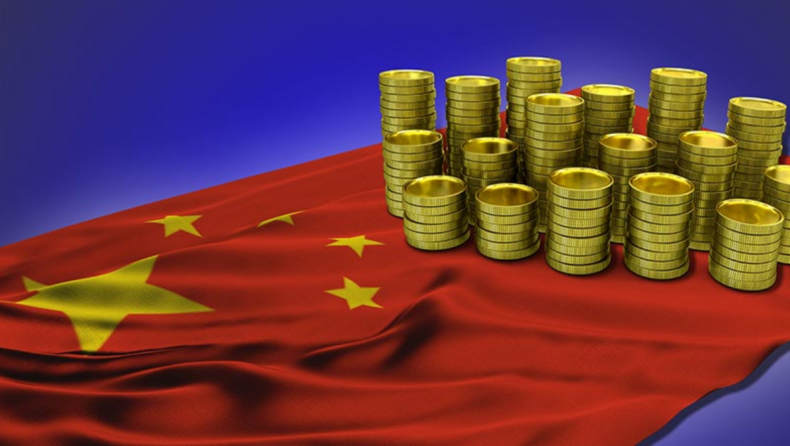Industrial activity in China declined unexpectedly in July, despite the fact that enterprises had recovered from COVID-19 lockdowns the previous month. This was owing to the impact of additional virus outbreaks and a bleak global outlook on demand.
According to a study that was released on Sunday, manufacturing activity in China unexpectedly decreased. Despite businesses having bounced back from COVID-19 lockdowns the previous month, a drop in activity during the month of July occurred . This was due to additional virus flare-ups as well as a gloomy global outlook, which weighed on demand.
Lessening of the Purchasing Manager’s Index in China
The official manufacturing Purchasing Managers’ Index (PMI) fell to 49.0 in July from 50.2 in June. In July, the sub-indexes for output and new orders both dropped by around 3 and 2 points respectively. The employment sub-index inched down by 0.1 point, and overall, the employment sub-index decreased.
The official PMI for non-manufacturing businesses came in at 53.8, down from 54.7 in June. The official composite PMI, which takes into account both the manufacturing sector and the services sector, decreased to 52.5 from 54.1.
NBS’ analysis of the fall of the Chinese PMI
The National Bureau of Statistics (NBS) stated that the below 50-point mark separates contraction from growth. The July mark is currently the lowest in three months. Reuters’ poll of analysts indicated that they anticipated a result of 50.4.
According to a statement that was published on the NBS website, senior statistician Zhao Qinghe of the NBS said, “The level of economic prosperity in China has fallen, the foundation for recovery still needs consolidation.” According to him, there were several factors that contributed to the decline in manufacturing PMI during the month of July. The most significant one of those was the ongoing contraction in the energy-intensive industries, such as petrol, coking coal, and ferrous metals.
Bruce Pang, chief economist and head of research at Jones Lang Lasalle Inc., stated (in a research note) that the recovery has been hindered by lackluster consumer demand. He also said that as the recovery continues to be sluggish and precarious, the Q3 growth may encounter bigger challenges than predicted.

China may miss it’s 5.5% growth target for the year
The drop in PMI indicates a slowdown in industrial growth. Adding to that, for China, the growth target which is about 5.5 percent may not be achieved this year.
State media reports following a high-level meeting of the ruling Communist Party showed that policymakers have indicated their disposition to miss their GDP growth target for this year.
As Covid rebounds in China, leaders & politicians have prioritized health over economic growth
In the midst of extensive lockdowns, China’s economy hardly increased in the second quarter. Despite this, top leaders have recently signaled that their stringent zero-COVID policy will continue to be a major priority.
There has been speculation that the authorities in Beijing might roll out huge stimulus measures, as they frequently have in the past during other recessions. But this has been put to rest as a result of Beijing’s decision to eliminate mention of the aim.
According to Capital Economics, China’s economic recovery is expected to be more drawn out. This is a result of regulatory restraint, the persistent prospect of additional lockdowns, and low consumer confidence.
Faltering recovery of China’s economy
After a resurgence in June, the recovery in the world’s second-largest economy has stalled. The COVID outbreaks have led to tighter activity restrictions in several cities and the once-dominant real estate market continues to lurch from crisis to crisis. Chinese manufacturers continue to struggle with high raw material costs, which are pinching profit margins, while export prospects remain clouded by global economic fears.
Shenzhen, a megacity in southern China, has committed to “use all resources” to halt the development of a COVID outbreak. These include measures like rigorous testing, temperature checks, and building lockdowns in COVID-affected areas.
According to World Economics, the lockdown measures seemed to have some effect on 41% of Chinese businesses in July. Despite this, the gauge of manufacturing business confidence rose sharply from 50.2 in June to 51.7 in July.
Read more: Virus hit China may miss it’s 5.5% GDP growth target for FY22













